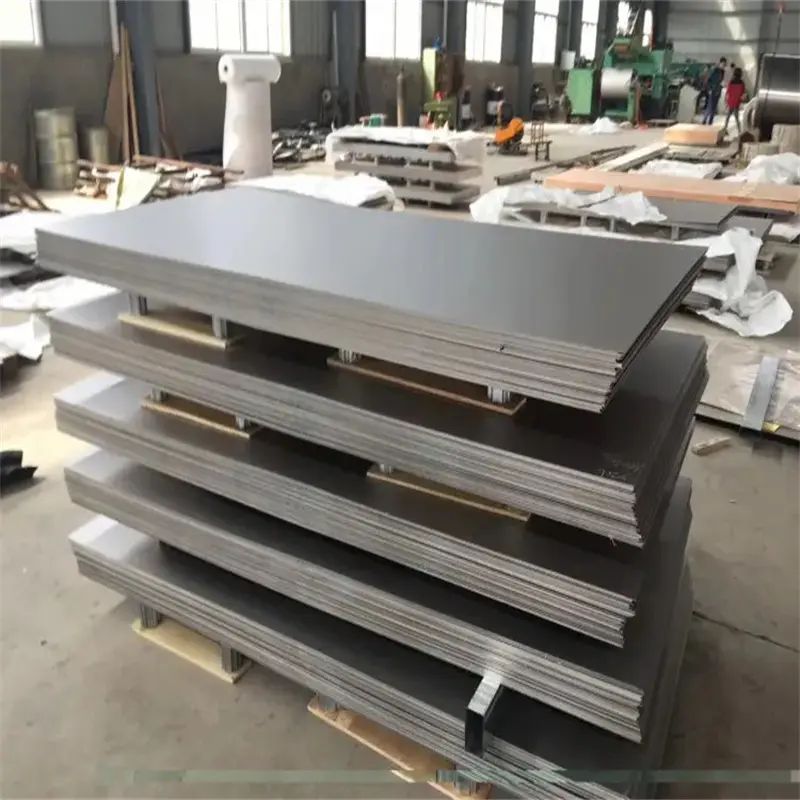At Hangnie Super Alloys Co., Ltd., we understand the critical role high-performance materials play in various industries. Today, we’ll delve into the exceptional properties and production processes of Hastelloy C-276, a nickel-alloy round bar renowned for its exceptional resistance to corrosion.
Unmatched Corrosion Resistance:
Hastelloy C-276 stands out for its unparalleled resistance to a wide range of corrosive environments. Here’s a closer look at its key strengths:
Thrives in Reducing Environments: This alloy excels in environments that remove oxygen, making it ideal for various chemical processing applications.
Conquers Strong Oxidizing Salt Solutions: Hastelloy C-276 tackles aggressive solutions containing ferric and cupric chlorides with ease.
Nickel & Molybdenum Powerhouse: The high content of these elements safeguards the alloy against corrosion in reducing environments.
Low Carbon Advantage: Minimized carbon content prevents grain-boundary carbide precipitation during welding, ensuring corrosion resistance in welded zones.
Localized Corrosion Foe: This material effectively resists localized attacks like pitting and stress-corrosion cracking.
Champion Against Chlorine Challenges: One of the few alloys that can withstand the harsh effects of wet chlorine gas, hypochlorite, and chlorine dioxide.
Hastelloy C-276: Physical Properties at a Glance
Melting Point: 1325-1370 °C (High melting point signifies exceptional resistance to high-temperature environments)
Density: 8.90 g/cm3 (High density contributes to the material’s strength and durability)
Production Processes (Note: Specific details may vary depending on the manufacturer)
While the exact production processes might differ slightly between manufacturers, here’s a general outline of how Hastelloy C-276 round bars are typically produced:
Melting: The raw materials, including nickel, molybdenum, chromium, tungsten, and iron in precise proportions, are melted in a vacuum induction furnace (VIM) or a combination of VIM and electroslag remelting (ESR) to ensure purity and eliminate impurities.
Casting: The molten metal is then poured into molds to create ingots of the desired size and shape.
Hot Working: The ingots are subjected to hot working processes like forging or extrusion to achieve the required shape and improve the material’s grain structure and mechanical properties.
Heat Treatment: Controlled heat treatment procedures are implemented to refine the grain structure further and optimize the material’s corrosion resistance and mechanical strength.
Surface Finishing: The final step involves surface finishing processes like machining, grinding, or polishing to achieve the desired surface finish and dimensional tolerances.
Quality Control: Rigorous quality control checks are performed throughout the production process to ensure the bars meet all the specified chemical composition, mechanical properties, and dimensional requirements.
Hangnie Super Alloys: Your Trusted Partner for Hastelloy C-276
At Hangnie Super Alloys Co., Ltd., we are committed to providing our clients with the highest quality Hastelloy C-276 round bars. Our expertise in material selection, production processes, and quality control ensures that you receive a product that delivers exceptional performance and longevity in even the most demanding environments.
For inquiries or to learn more about how Hastelloy C-276 can benefit your specific applications, feel free to contact us today.
Email: andrew@hnsuperalloys.com
WhatsApp: +86 13661794406
Post time: Mar-12-2024





